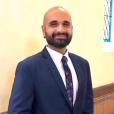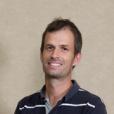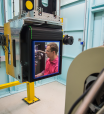

Showing 101 - 114 of 114 results

ANSTO recognises scientific achievement, leadership, external collaboration and outreach at Awards event
ANSTO recognised the contribution of individuals and teams to nuclear science and technology at the 2023 ANSTO Awards Ceremony held on 25 July.

Role at ANSTO

Highlights - Magnetism
Highlights of the Magnetism Project.
Nuclear techniques reveal 'stone age': dating kidney stones
A closer look at the science of detecting flu

Role at ANSTO

Beamtime guide - Imaging and Medical
Information has been provided to assist with the preparation of experiment proposals and beamtime.

Role at ANSTO

High Performance Macromolecular Crystallography Beamline (MX3)
The High Performance Macromolecular Crystallography beamline will enable the study of very small (sub-5 micrometre) or weakly diffracting crystals, providing a state-of-the-art high-throughput facility for researchers. MX3 will be able to study the structures of large proteins and protein complexes for virology, drug design and industrial applications via goniometer mounted crystals, in-tray screening, or via serial crystallography methods.

Deuteration Publications
Publications by ANSTO's National Deuteration Facility.
Samples - Infrared microspectroscopy
The Infrared microspectroscopy microscopes can record spectra from a range of different samples; from thin microtomed sections to polished blocks and embedded particles. This section highlights the types of samples that can be analysed using the IRM beamline
